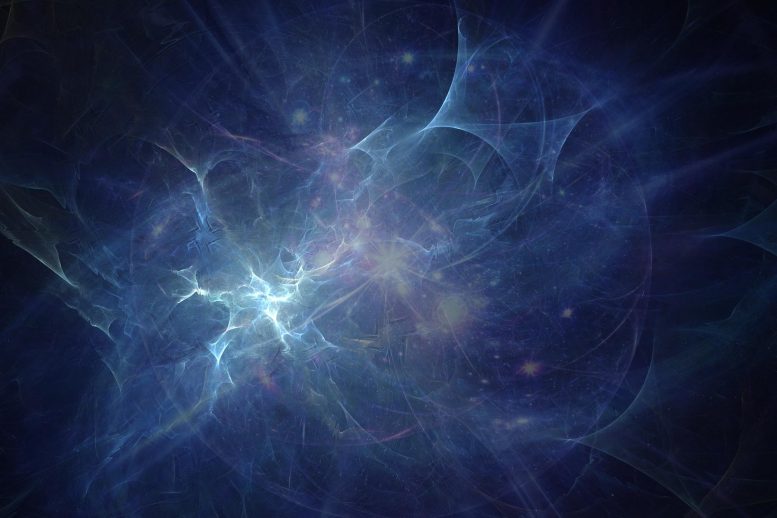
Researchers found that the neutron has a smaller electric dipole moment than previously thought, making it less likely to explain the origin of all matter in the universe.
Researchers at the Paul Scherrer Institute (PSI) have measured a property of the neutron more precisely than ever before. In the process, they found out that the elementary particle has a significantly smaller electric dipole moment than was previously assumed. With that, it has also become less likely that this dipole moment can help to explain the origin of all matter in the universe. The researchers achieved this result using the ultracold neutron source at PSI. They report their results today in the journal Physical Review Letters.
The Big Bang created both the matter in the universe and the antimatter – at least according to the established theory. Since the two mutually annihilate each other, however, there must have been a surplus of matter, which has remained to this day. The cause of this excess of matter is one of the great mysteries of physics and astronomy. Researchers hope to find a clue to the underlying phenomenon with the help of neutrons, the electrically uncharged elementary building blocks of atoms. The assumption: If the neutron had a so-called electric dipole moment (abbreviated nEDM) with a measurable non-zero value, this could be due to the same physical principle that would also explain the excess of matter after the Big Bang.
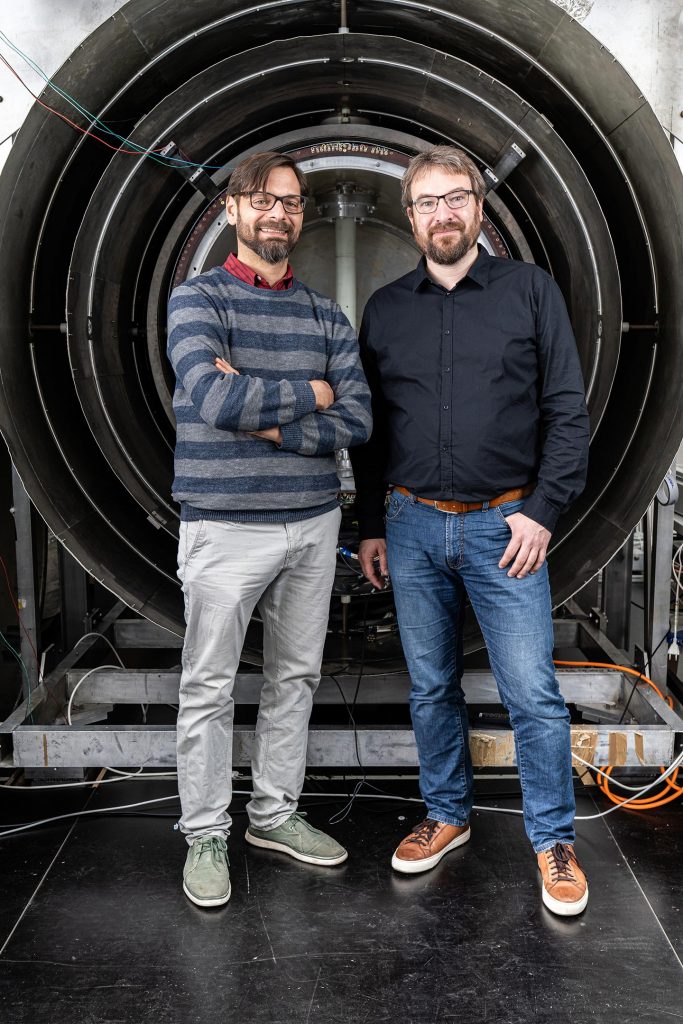
Physicists Philipp Schmidt-Wellenburg (left) and Georg Bison, scientists at the Laboratory for Particle Physics at PSI, in front of the experiment to measure a fundamental property of the neutron: its electric dipole moment. Visible are primarily the round, concentric shields made of sheet metal, which serve to shield external magnetic fields. Credit: Paul Scherrer Institute/Mahir Dzambegovic
50,000 measurements
The search for the nEDM can be expressed in everyday language as the question of whether or not the neutron is an electric compass. It has long been clear that the neutron is a magnetic compass and reacts to a magnetic field, or, in technical jargon: has a magnetic dipole moment. If in addition the neutron also had an electric dipole moment, its value would be very much less – and thus much more difficult to measure. Previous measurements by other researchers have borne this out. Therefore, the researchers at PSI had to go to great lengths to keep the local magnetic field very constant during their latest measurement. Every truck that drove by on the road next to PSI disturbed the magnetic field on a scale that was relevant for the experiment, so this effect had to be calculated and removed from the experimental data.
Also, the number of neutrons observed needed to be large enough to provide a chance to measure the nEDM. The measurements at PSI, therefore, ran over a period of two years. So-called ultracold neutrons, that is, neutrons with a comparatively slow speed, were measured. Every 300 seconds, an 8-second long bundle with over 10,000 neutrons was directed to the experiment and examined. The researchers measured a total of 50,000 such bundles.
“Even for PSI with its large research facilities, this was a fairly extensive study,” says Philipp Schmidt-Wellenburg, a researcher on the nEDM project on the part of PSI. “But that is exactly what is needed these days if we are looking for physics beyond the Standard Model.”
Search for “new physics”
The new result was determined by a group of researchers at 18 institutes and universities in Europe and the USA including ETH Zurich, the University of Bern and the University of Fribourg (Switzerland). They had collected the data at PSI’s ultracold neutron source. The researchers had collected measurement data there over two years, evaluated it very carefully in two teams, and through that obtained a more accurate result than ever before.
The nEDM research project is part of the search for “new physics” that would go beyond the so-called Standard Model. This is also being sought at even larger facilities such as the Large Hadron Collider LHC at CERN. “The research at CERN is broad and generally searches for new particles and their properties,” explains Schmidt-Wellenburg. “We on the other hand are going deep, because we are only looking at the properties of one particle, the neutron. In exchange, however, we achieve an accuracy in this detail that the LHC might only reach in 100 years.”
“Ultimately,” says Georg Bison, who like Schmidt-Wellenburg is a researcher in the Laboratory for Particle Physics at PSI, “various measurements on the cosmological scale show deviations from the Standard Model. In contrast, no one has yet been able to reproduce these results in the laboratory. This is one of the very big questions in modern physics, and that’s what makes our work so exciting.”
Even more precise measurements are planned
With their latest experiment, the researchers have confirmed previous laboratory results. “Our current result too yielded a value for nEDM that is too small to measure with the instruments that have been used up to now – the value is too close to zero,” says Schmidt-Wellenburg. “So it has become less likely that the neutron will help explain the excess of matter. But it still can’t be completely ruled out. And in any case, science is interested in the exact value of the nEDM in order to find out if it can be used to discover new physics.”
Therefore, the next, more precise measurement is already being planned. “When we started up the current source for ultracold neutrons here at PSI in 2010, we already knew that the rest of the experiment wouldn’t quite do it justice. So we are currently building an appropriately larger experiment,” explains Bison. The PSI researchers expect to start the next series of measurements of the nEDM by 2021 and, in turn, to surpass the current one in terms of accuracy.
“We have gained a great deal of experience in the past ten years and have been able to use it to continuously optimize our experiment – both with regard to our neutron source and in general for the best possible evaluation of such complex data in particle physics,” says Schmidt-Wellenburg. “The current publication has set a new international standard.”
Reference: “Measurement of the permanent electric dipole moment of the neutron” by C. Abel et al., 28 February 2020, Physical Review Letters.
DOI: 10.1103/PhysRevLett.124.081803


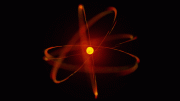
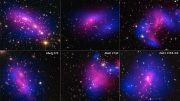
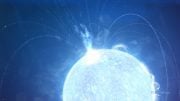
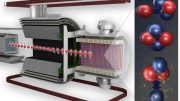
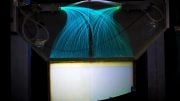
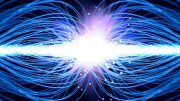
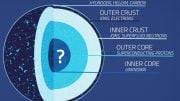
You are looking for the wrong parameters! Everything exist in an endless universe made up of a universal material, therefore our reality is not, and cannot be the actual reality!!
Or, as I like to think, all of the realities are an paradox, both existing and not existing at the same time.